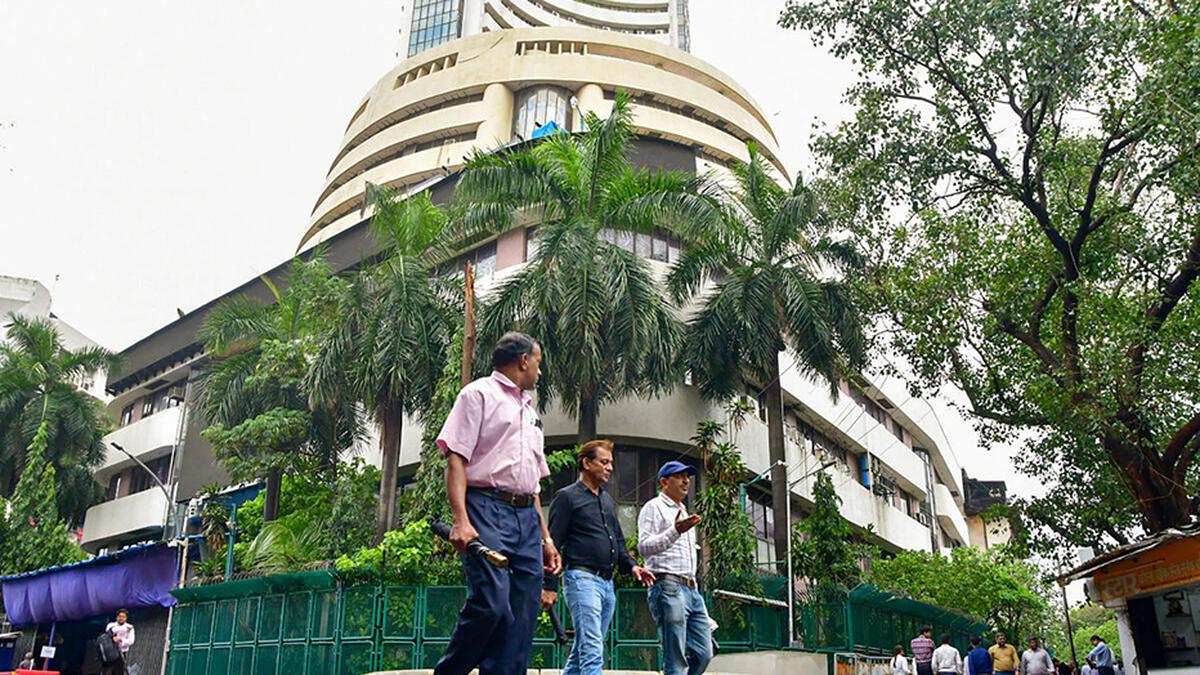A power generating windmill turbine in Gujarat. File
| Photo Credit: Reuters
India will have to invest as much as $385 billion to meet its target of 500 gigawatts (GW) of renewable energy by 2030, but coal will remain a key source of electricity generation for the next decade, Moody’s Ratings said on June 6.
India, a major greenhouse gas emitter, has said it aims to ramp up non-fossil fuel capacity set by 50 GW each year to help meet its 500 GW target. It missed its target of 175 GW by 2022.
Moody’s, however, estimates an annual capacity addition of around 44 GW will help achieve that target.
For that, India will have to spend $190 billion to $215 billion on capacity over the next six to seven years and another $150 billion to $170 billion for transmission and distribution, the credit ratings agency estimates.
“The sizable pipelines of announced projects will likely keep financial leverage of rated renewable power companies high over the next two to three years, a credit negative, but leverage of government related issuers is likely to remain moderate over the same period,” Moody’s said.
India’s strong policy support has boosted the renewable energy share to around 43% in its power capacity mix in fiscal 2023-24, attracting private sector investments.
Adani Group, through Adani Green Energy, aims to generate 45 GW of renewable power by 2030 as it strives to become the country’s first integrated renewable energy player.
Continued policy backing will facilitate significant progress toward India’s 2030 transition and 2070 net-zero targets, said Moody’s.
However, despite the steady growth in renewable energy, most of which will likely be solar power, Moody’s expects coal will play a significant role in electricity generation for the next eight to ten years.
“We expect India to add 40GW-50GW of coal-based capacity over the next five to six years to help meet power demand, which is likely to grow by 5%-6% annually over this period.”









